06.14.13
“I’ve seen him when the rising sun
shone like a watch-fire on the height;
I’ve seen him when the day was done,
Bathed in the evening’s crimson light;
I’ve seen him in the midnight hour,
When all the world beneath were sleeping.
Like some lone sentry in his tower,
His patient watch in silence keeping.”
– Reverend William Bourn Oliver Peabody, Monadnock, 1824.
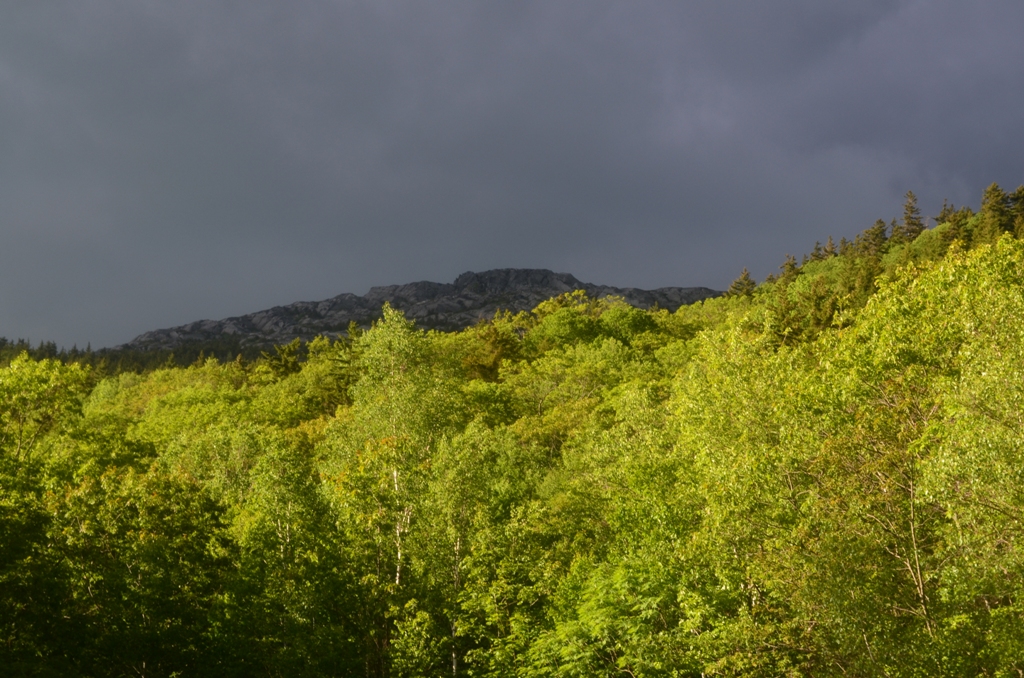
The Monadnock Region was the recipient of more cool, cloudy, and rainy days over the past week, reminiscent of the Pacific Northwest or a John Cusack movie (Did you ever notice he is sitting or walking through the rain in nearly every one of his films?).
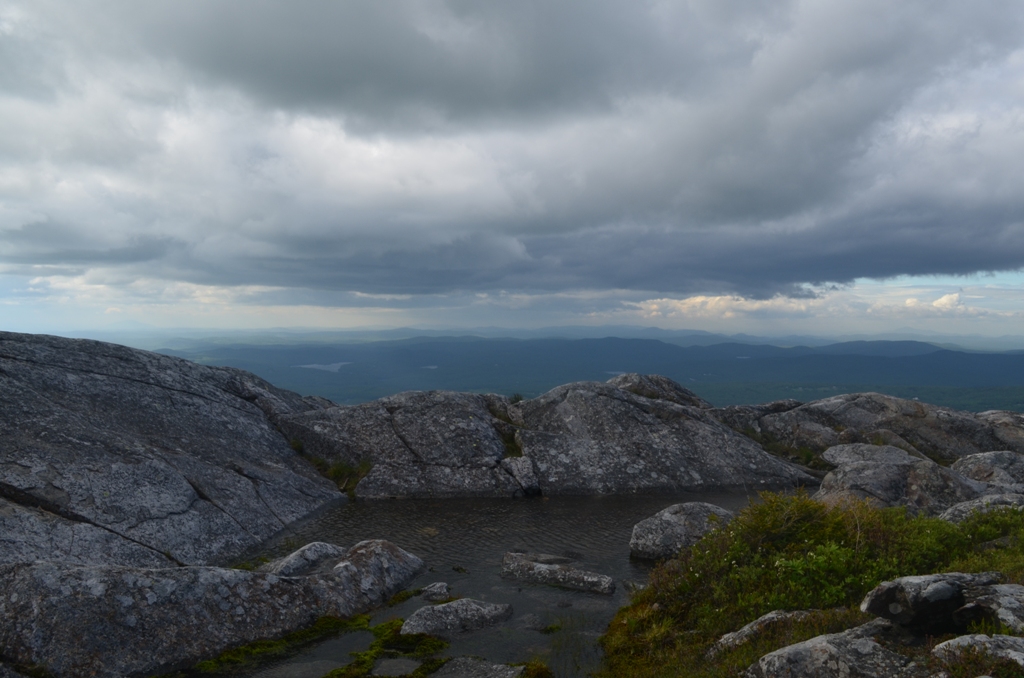
With the amount of rain that has fallen recently, I am sure you don’t need me to tell you Monadnock’s trails are very wet and will take some consecutive clear days to dry out. A pop up shower could still pass over this afternoon and hikers arriving at Monadnock this weekend should expect wet and muddy trails, particularly below tree line. Some rock surfaces may remain quite slick and exposed roots will also add to the slipping hazards. Cautious steps will be necessary, especially on descent.
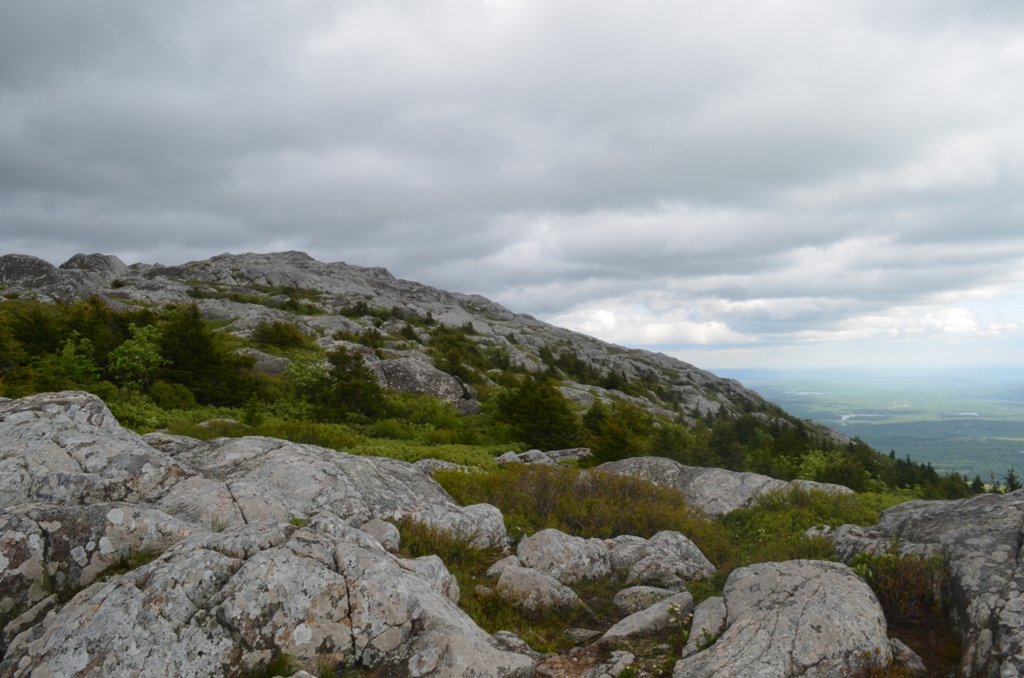
Saturday looks like a pleasant day in the forecast for Monadnock. Mostly sunny skies and temperatures in the low 70’s should make for a nice day on the mountain, but trails will remain wet and muddy, so be prepared for the conditions and stay in the middle of the trails. Hiking along the edges to avoid wet areas can trample vegetation, widen trails, and cause irreversible erosion damage. So, help Monadnock out and don’t be afraid to get those hiking boots dirty!
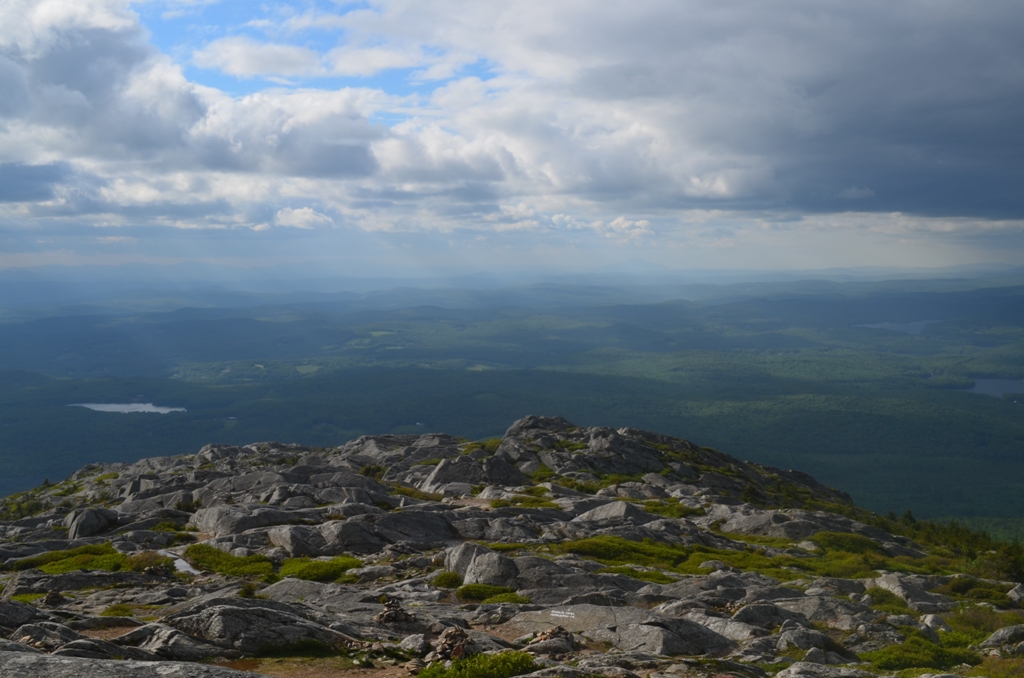
Hikers planning for a Sunday visit should arrive in the morning, as more rain could come in during Sunday afternoon. Cooler temperatures and increasing clouds and wind are expected. We could see some clearing on Monday, then more rain for midweek. Keep an eye on those ever changing forecasts.
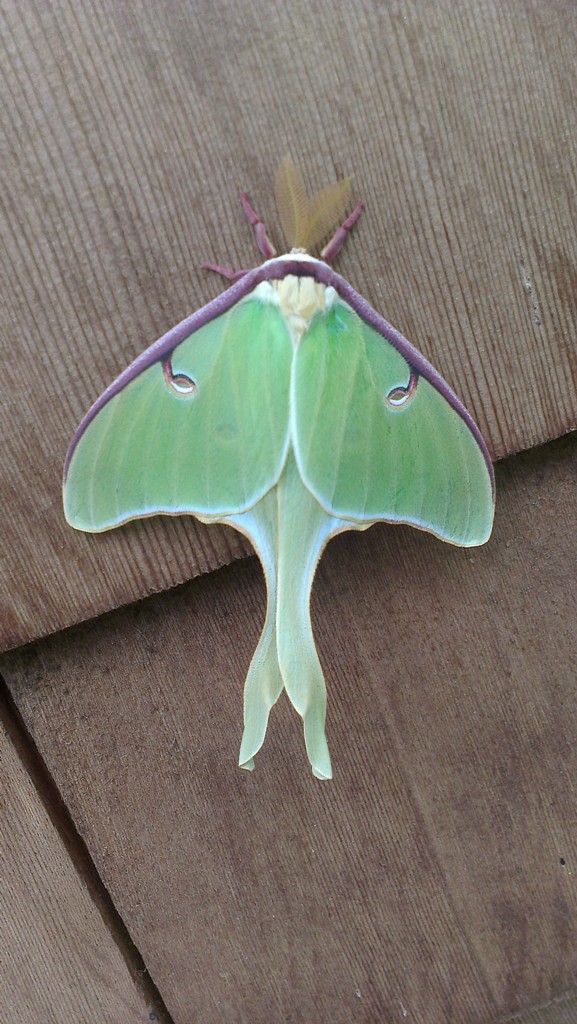
This Week In Monadnock History
1820- The early summer of 1820 in the Monadnock Region was a notable one as an exciting, widespread massive hunt crossing many towns for an enemy terrorizing local farmers dragged on for weeks, captivating the local villages, and included local citizens working day and night to track down and bring to justice the menace as if it were Lawrence Talbot himself.
It was a Gray Wolf and he was the last wolf left in the Monadnock Region.
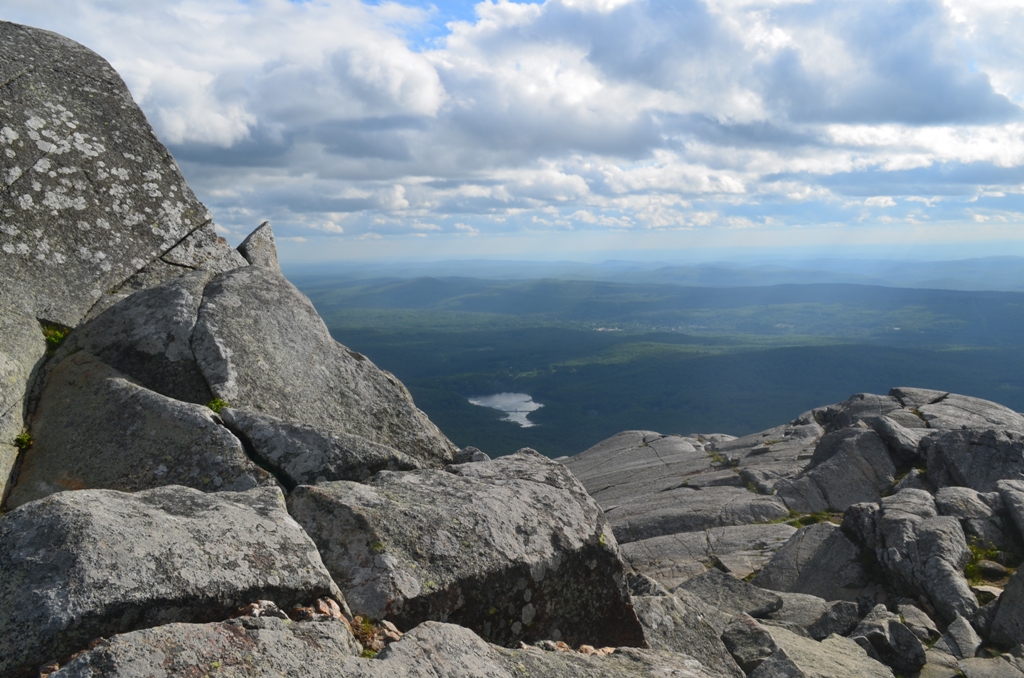
Only 50 years before, thousands of wolves roamed northern Massachusetts and southern New Hampshire. Wolves posed a threat to livestock and the livelihood of area farmers. In 1820, a group of about a dozen hunters and their hounds gathered in Fitzwilliam to track and kill the last wolf. They trailed the wolf into Jaffrey and back again into Fitzwilliam. They then tracked the wolf into Winchendon before following it to Rindge.
On the third day of the hunt, while the hunters slept at a Fitzwilliam farm, the wolf struck and killed three of the sheep in the barn, almost seemingly for sport, as very little of the sheep carcasses were eaten. They fired on the wolf as it fled, but were unable to hit it. The tracking lasted 9 days in all.
Finally, the group was able to bear down on the wolf and pushed it from Fitzwilliam towards Monadnock. Word was out that they were finally closing in on the wolf and local men from Fitzwilliam to Jaffrey turned out to help. In the shadow of Monadnock, in Scott Meadow, the wolf was finally hit by a bullet fired from a Fitzwilliam man, Shubel Plimpton. The wolf was injured but continued to flee. It took two more shots fired by Lewis Robbins to finally kill the wolf. The wolf’s body was hoisted on poles and carried back to Fitzwilliam where it was paraded around the town common, much to the delight of the townsfolk.
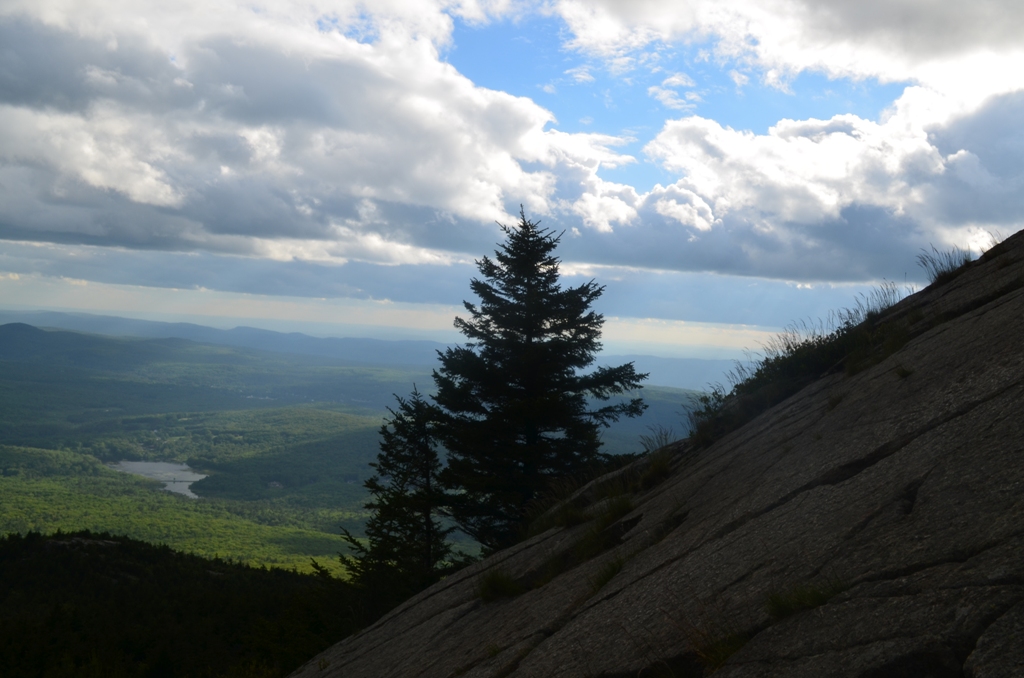
The image described above can certainly strike one as a bit uncivilized and barbaric. It certainly does not sit well with me. However, there are many parts of our country’s and world’s history that we may not be proud of, but that does not mean it should be hidden away or ignored. When I think more about the times, about the livelihood and survival of the local residents and how they were dependent upon their farms and the land, a consistent threat like a wolf could not be expected to be treated any other way. Some might be appalled by similar behavior now and we have a much better understanding of the negative and irreparable effects of completely eliminating portions of the ecosystem.
But, wolves, in particular, play a major role in this mountain’s history and in some of its legends. Some even believe the mountain’s unnaturally bald summit was exposed due to purposefully set fires to drive wolves out of their dens. I am not a subscriber to that story and have seen too much evidence to buy into it, but the story of fires being set to drive out wolves on Monadnock is still well known and even passed down to new local generations.
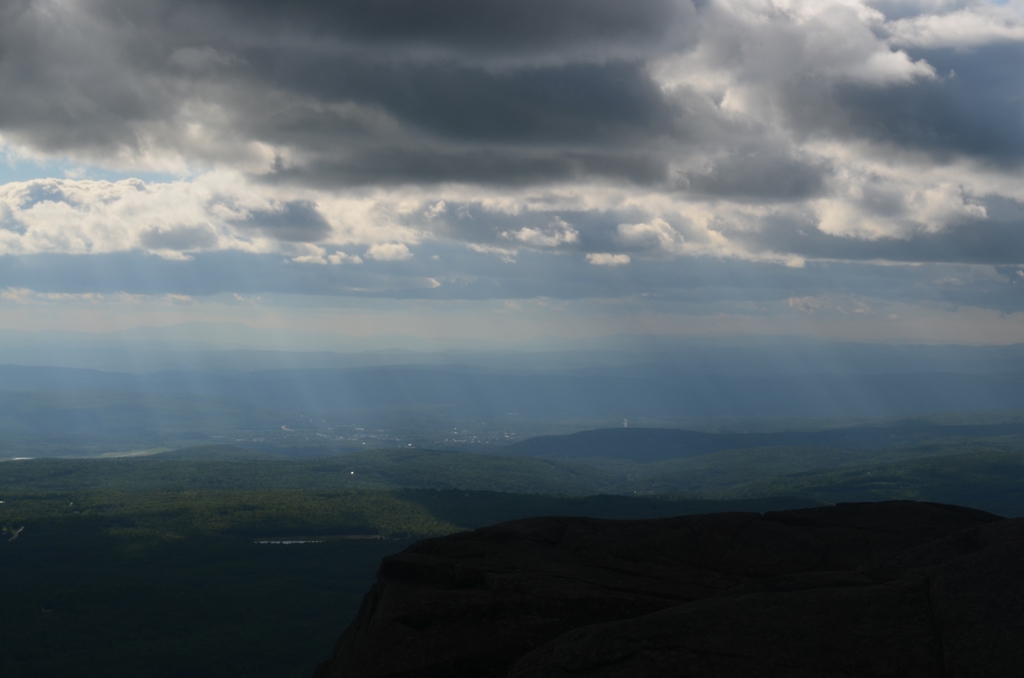
Perhaps in an upcoming blog we can examine the legends of the fires on Monadnock and why I am not so certain they’re true.
But, for the mean time, I will sympathize with the local townsfolk in dealing with their threat nearly 200 years ago. But, I am glad to be able to make different choices in my life now. A path of compassion, understanding, empathy, and awareness is the trail in life for me.

